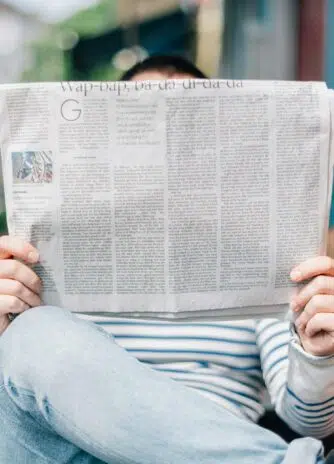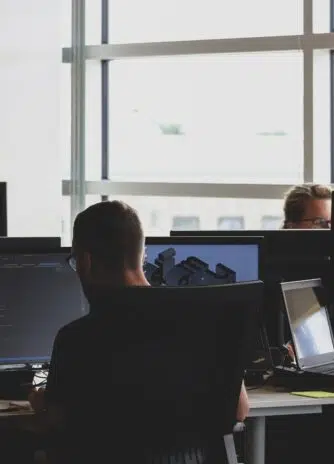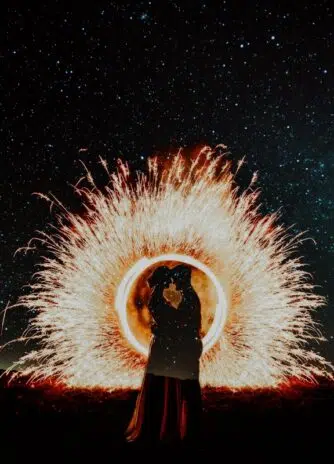Artificial intelligence is starting to design physics experiments that humans would never imagine—yet they deliver real, usable results. The catch? Scientists still have to “babysit” the process.
From LIGO to AI
Few experiments demand the precision of the Laser Interferometer Gravitational-Wave Observatory (LIGO). Each of its twin detectors, one in Washington and the other in Louisiana, measures ripples in spacetime by bouncing lasers down four-kilometer arms. A passing gravitational wave shifts one arm’s length relative to the other by less than a proton’s width—sensitivity so extreme it’s like detecting a human hair’s width at the distance of Alpha Centauri.
Building LIGO took decades of work, starting in 1994 and continuing through multiple upgrades, until its first detection in 2015: the collision of two black holes. Rana Adhikari, a Caltech physicist who led parts of the optimization effort, wondered afterward: could LIGO’s design be pushed even further?
That’s when he and his team turned to AI.
Alien Blueprints
Adhikari’s group used a software system originally created by physicist Mario Krenn for quantum optics. The AI was given a toolbox of lenses, mirrors, and lasers, and told to design an interferometer without constraints.
The first results were bizarre. “They looked like alien things,” Adhikari recalled. “No symmetry, no beauty—just a mess.”
Yet, after filtering the output into human-readable form, the team realized the AI had stumbled onto something profound: it added an extra three-kilometer ring to circulate light before it reached the detector, exploiting obscure theoretical principles from Russian physicists to reduce quantum noise.
If this trick had been known during LIGO’s construction, sensitivity could have been boosted by 10–15%—a massive improvement in a field where precision is measured in fractions of a proton.
Beyond Human Intuition
What makes this so striking is that LIGO represents the cumulative effort of thousands of physicists over 40 years. “Anything new that AI invents shows it’s doing something those thousands of people didn’t,” said Aephraim Steinberg, a quantum optics expert at the University of Toronto.
AI hasn’t yet discovered brand-new physics, but it’s already proving valuable. Algorithms have rediscovered Einstein’s symmetries in particle collider data and even generated new equations for describing dark matter clumping. “Humans can start learning from these solutions,” said Adhikari.
Quantum Puzzles and AI’s Role
The potential goes beyond gravitational waves. In the 1990s, physicist Anton Zeilinger showed how “entanglement swapping” could link two photons that had never interacted. Decades later, Krenn’s group fed this idea into their AI platform, PyTheus. The AI produced a completely unfamiliar design—simpler and more efficient than Zeilinger’s original setup.
Skeptical at first, the team checked the math: it worked. In December 2024, physicists in China built the experiment and confirmed the result.
Patterns Without Stories
Physicists are also training AI to sift through results. Machine learning has predicted the density of dark matter clumps better than human equations. Other teams, like Rose Yu’s at UC San Diego, have shown AI can find deep physical symmetries purely from collider data.
But here lies the gap: while AI can find the patterns, it doesn’t provide the stories. “It’s like teaching a child to speak—we’re still doing a lot of babysitting,” said physicist Kyle Cranmer.
Still, large language models might help bridge that gap by generating hypotheses and explanations around the raw mathematics. “We may be on the edge of AI actually contributing to new physics,” Steinberg said. “And that’s exciting.”
We have helped 20+ companies in industries like Finance, Transportation, Health, Tourism, Events, Education, Sports.












